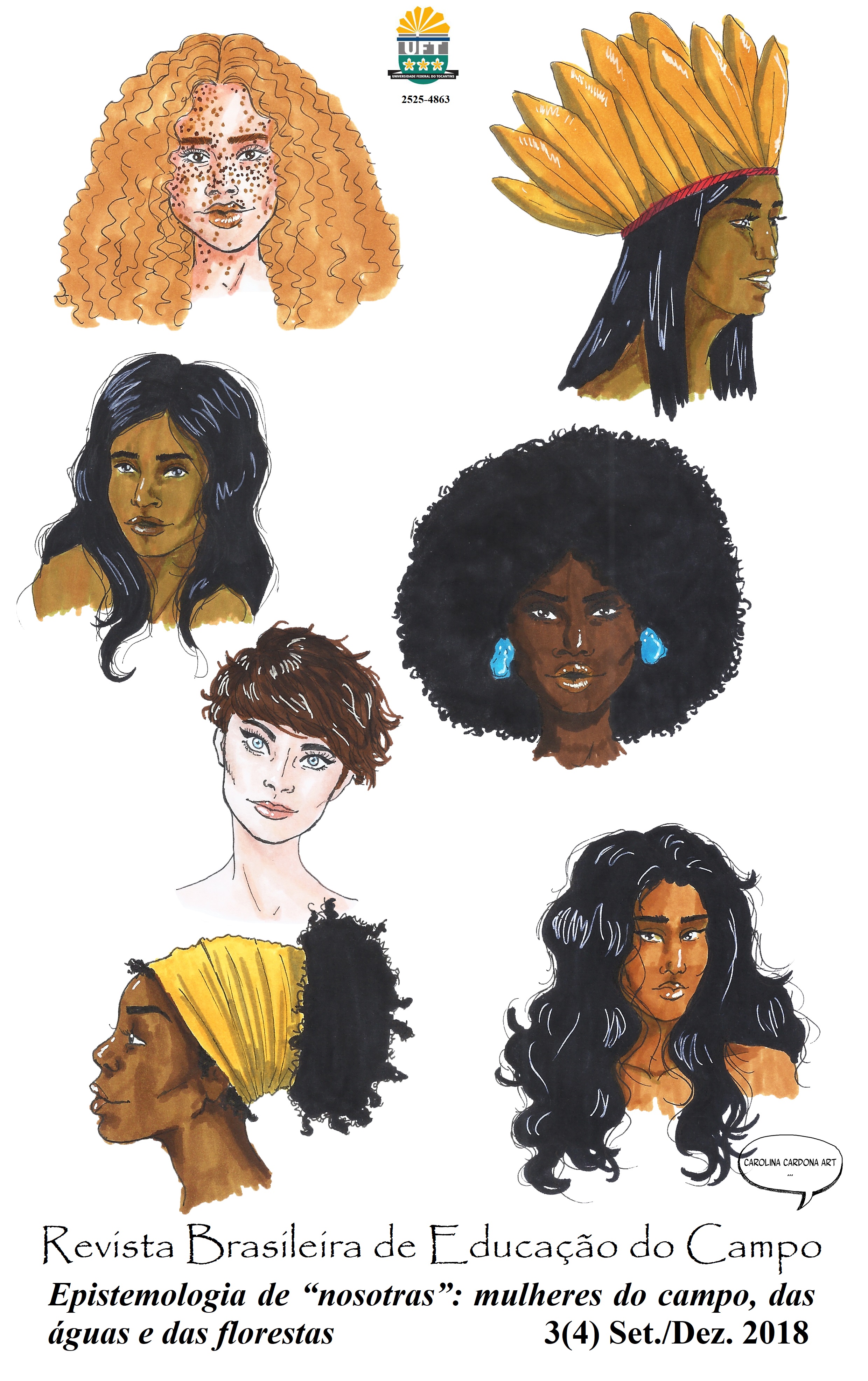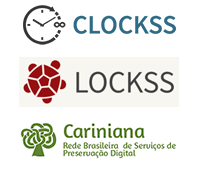Trajectories of peasant women in Espírito Santo: permanence’s and discontinuities
DOI:
https://doi.org/10.20873/uft.2525-4863.2018v3n4p1221Abstract
ABSTRACT. This article aims to understand the trajectory of peasant women in Espírito Santo from the period of 1930 to 2017, in the search for an understanding of the ways in which they lived/live and perceived/perceive their childhood, personal trajectories, insertion processes as workers and participants in the social spaces of their communities, as well as the meanings that schooling assumes throughout their lives. It uses as theoretical and methodological support Carlo Ginzburg's (1988, 1989, 2002, 2007) thinking, based on the assumptions of microhistory and the indicial paradigm, in cooperation with Mikhail Bakhtin's (2003, 2004) work, taking the narratives as concrete statements. As a source, it analyzes the narratives of four peasant women, born in Espírito Santo, materialized in the Cadernos da Realidade (Notebooks of Reality) of graduation students in Countryside Education/UFES. The analysis indicates continuities and discontinuities in the trajectories of these women in the period of investigation. As permanencies, it stands out that women still occupy domestic spaces, mainly exerting herculean activities, devoid of economic value. In addition, the patriarchal model of family/society is presented in the narratives and in the records of women from different generations. Evidence of discontinuities also emanate from the documents, such as: insertion as a child in the schooling process, the role of women in domestic services, community and wider spaces in society, such as the University.
Keywords: Peasant women. Notebook of Reality. Holy Spirit. Permanences. Discontinuities.
Downloads
Veröffentlicht
Zitationsvorschlag
Ausgabe
Rubrik
Lizenz
Creative Commons Attribution License
Creative Commons Attribution License
Proposal for Copyright Notice Creative Commons
1. Policy Proposal to Open Access Journals
Authors who publish with this journal agree to the following terms:
A. Authors retain copyright and grant the journal right of first publication with the work simultaneously licensed under the Creative Commons Attribution License that allows sharing the work with recognition of its initial publication in this journal.
B. Authors are able to take on additional contracts separately, non-exclusive distribution of the version of the paper published in this journal (ex .: publish in institutional repository or as a book), with an acknowledgment of its initial publication in this journal.
C. Authors are permitted and encouraged to post their work online (eg .: in institutional repositories or on their website) at any point before or during the editorial process, as it can lead to productive exchanges, as well as increase the impact and the citation of published work (See the Effect of Open Access).














